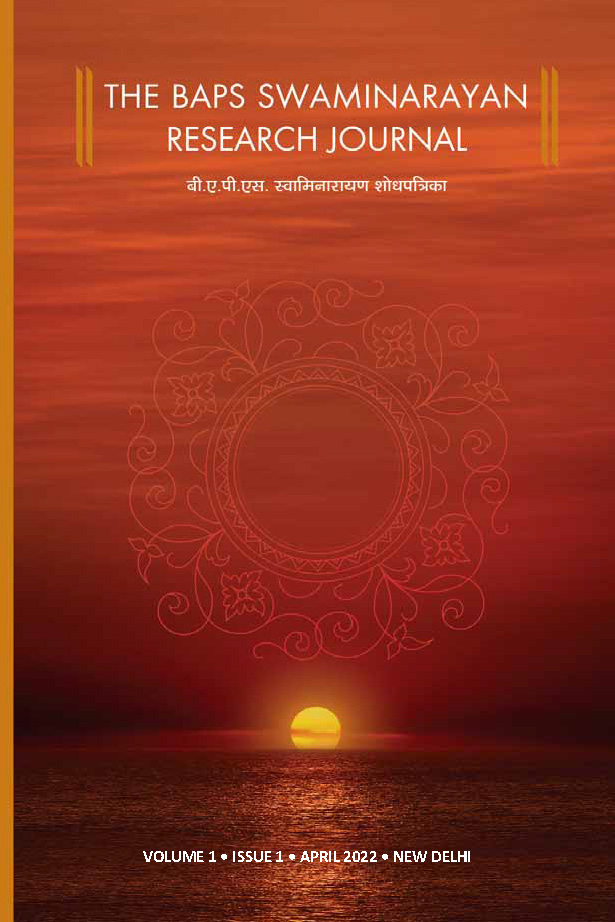Abstract
Over the years, scholars have given considerable attention to the circulation of key philosophical principles and the development of religious practices in the Vacanāmṛta. However, less attention has been given to how the work makes use of direct and indirect references to a wide variety of key Sanskrit religious texts—from the Upaniṣads, the Mahābhārata, and the Rāmāyaṇa, to the purāṇas. How the Vacanāmṛta makes use of such texts is significant for several reasons. First, it allows us to gain a sense of the relationship between the teachings of the Vacanāmṛta and the broader world of Sanskrit religious literature. Second, it provides insights into those texts that were important to the audiences of the Vacanāmṛta. Third, and perhaps most importantly, these textual inter-relationships help us explore not just the teachings of the Vacanāmṛta but also the role of Bhagavān Svāminārāyaṇa as a teacher in this foundational text. This paper explores how one perennially popular Sanskrit text, the Mahābhārata, appears in the Vacanāmṛta. By examining the complex relationship between this pillar of Sanskrit religious literature and the Vacanāmṛta, this work offers insight into the intricate relationship between pedagogy and theology in the Vacanāmṛta.

